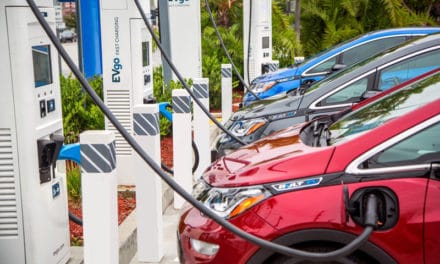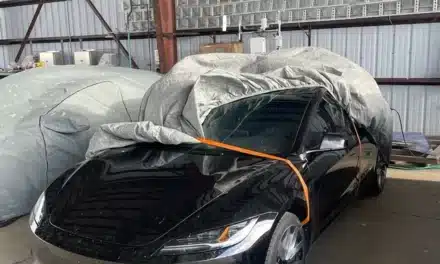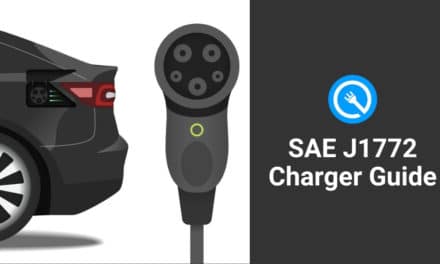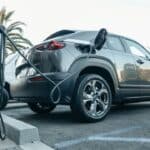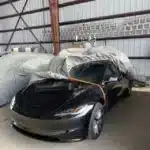Charging Electric Cars in 5 Minutes? NASA’s New Space Cooling Technology May Make it Possible.
Wouldn’t you love if electric cars could charge in 5 minutes? If you’re like most people, the idea of having to wait hours to charge your electric car is a major turnoff. But what if it didn’t have to be that way? That’s the idea behind NASA’s new space cooling technology. In just a few years, it could soon make its way to charging stations across the country.
The subcooled flow boiling technology that NASA is currently developing can efficiently cool liquids to extremely low temperatures quickly in space. This makes it ideal for a wide range of applications, from space exploration to electric car charging.
Diving Into the Flow Boiling And Condensation Experiment
So, how exactly does this space-cooling technology work? As NASA explains, “The FCBE’s Flow Boiling Module includes heat-generating devices mounted along the walls of a flow channel into which coolant is supplied in a liquid state. As these devices heat up, the temperature of the liquid in the channel increases. Eventually, the liquid adjacent to the walls starts to boil.
The boiling liquid forms small bubbles at the walls that depart from the walls at high frequency. This constantly draws liquid from the inner region of the channel toward the channel walls. This process efficiently transfers heat by taking advantage of both the liquid’s lower temperature and the ensuing change of phase from liquid to vapor. This process is greatly ameliorated when the liquid supplied to the channel is in a subcooled state. In other words, below the boiling point. This new “subcooled flow boiling” technique results in greatly improved heat transfer effectiveness. Especially when compared to other approaches, it could be used to control the temperatures of future systems in space.”
Increasing The Speed Of EV Charging
The technology described above may make it easier and more efficient to cool liquids in space, but what does that have to do with electric car charging? As it turns out, the same principles could be applied to charging stations on Earth. This would allow EV owners to charge electric cars much faster than they can currently.
1,400 amperes is what is needed to charge an EV in five minutes. While there is no current technology to do this, the developmental cable NASA is producing will be able to provide currents of 2,400 amperes. This would make it 4.6 times faster than the current charges, which can provide a maximum of 520 amperes.
The Future Of Electric Vehicle Charging
This new space-cooling technology is still in development, and it will likely be several years before it’s ready for widespread use. However, the potential implications are huge, especially as governments push tax credits and move towards a ban on gas-powered cars.
If electric cars can be charged in just 5 minutes, it would go a long way toward making them a more viable option for everyday drivers. And, as the technology continues to develop, it’s likely that we’ll see even faster charging times in the future.


